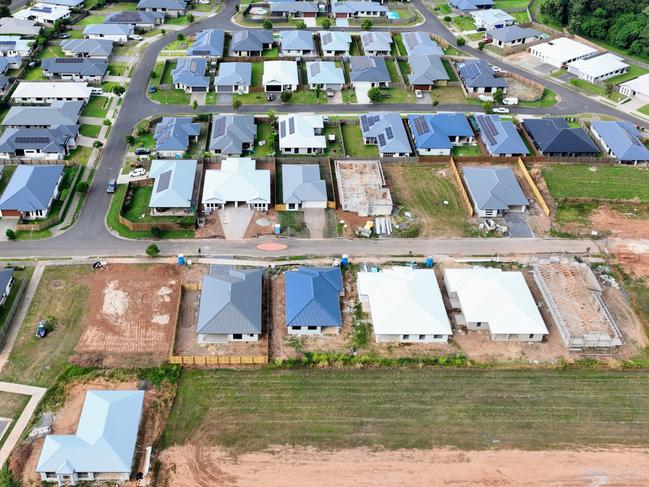John McGrath: How to find sleeper suburbs with good capital growth potential
Real estate guru John McGrath says there are three easy steps you can take to uncover the next property hotspots before prices go up.

Property
Don't miss out on the headlines from Property. Followed categories will be added to My News.
One way to achieve the greatest capital gains in property is to be creative and consider intelligently and thoughtfully about where the new growth corridors might be.
This does involve taking a leap of faith. It involves some risk.
If you were to identify the top 10 suburbs for future growth today, they’d probably be a bit daggy. They might be adjoining fashionable locations, but they probably have a mix of industrial sites and dilapidated homes, and not a whole lot of street life.
You have to be able to look beyond this and recognise their potential.

Here are three tips to help you identify potential sleeper suburbs in any market.
Step 1: Look at unfashionable inner suburbs
Whether you’re buying in a capital city or a regional town, proximity to the CBD is always beneficial.
It may be somewhat surprising, but there are still many inner suburbs around metro and regional CBDs in Australia that are yet to be transformed by gentrification.
There may be many reasons for this, such as an existing industrial area within the suburb, or a bad reputation developed over many years.
But as Australia’s population continues to grow, we can be sure that people will always want to live close to work and amenities.

So, proximity to CBDs is the first place I suggest you look for potential sleeper suburbs.
Typically, we see inner city gentrification start with population growth.
Younger people move into an older suburb and redevelop the housing stock by renovating or rebuilding. This begins to change the character of the area.
Over time, industrial properties like factories will move out and cafes, grocers, and boutiques will move in, creating a desirable local village.

Step 2: Look at lifestyle areas, especially beachside
One of the biggest impacts of Covid was a change in workplace arrangements, with many Australians now working from home permanently.
This means that lifestyle locations, often less accessible to the CBD, have soared in demand and the No. 1 lifestyle many buyers want is close proximity to a beach.
What this has done is lifted buyer demand in the more remote and affordable beach suburbs within our cities and along the East Coast.

This has become another way to identify sleeper suburbs across Australia.
In the cities, look for affordable and picturesque beach suburbs that are a long way from the CBD but offer a great local vibe with shops and social and recreational amenities.
In the regions, try to identify smaller beach towns that are going to benefit from the ripple effect, as major beach towns nearby become unaffordable following the Covid property boom.

Step 3: Research major new infrastructure and the areas set to benefit
Another great way of identifying sleeper suburbs is to research new infrastructure projects that are either approved or underway.
The big one is transport infrastructure – new roadways, tunnels, trams and rail links.
Efficient new transport infrastructure can, in effect, bring outer suburbs much closer to the city. It reduces commute times, and that directly raises the value of local homes.
Infrastructure can also mean new open green spaces or a revitalised local village.
IN CONCLUSION
Whether buying for home ownership or investment, getting into a sleeper suburb can reap serious capital gains over the long term.
But if you’re buying a home for yourself, just make sure the area meets enough of your personal needs and wants right now, so you can stay there long-term to fully capitalise on the area’s potential.
* John McGrath is the founder, Managing Director and Chief Executive Officer of McGrath Estate Agents
More Coverage
Originally published as John McGrath: How to find sleeper suburbs with good capital growth potential




